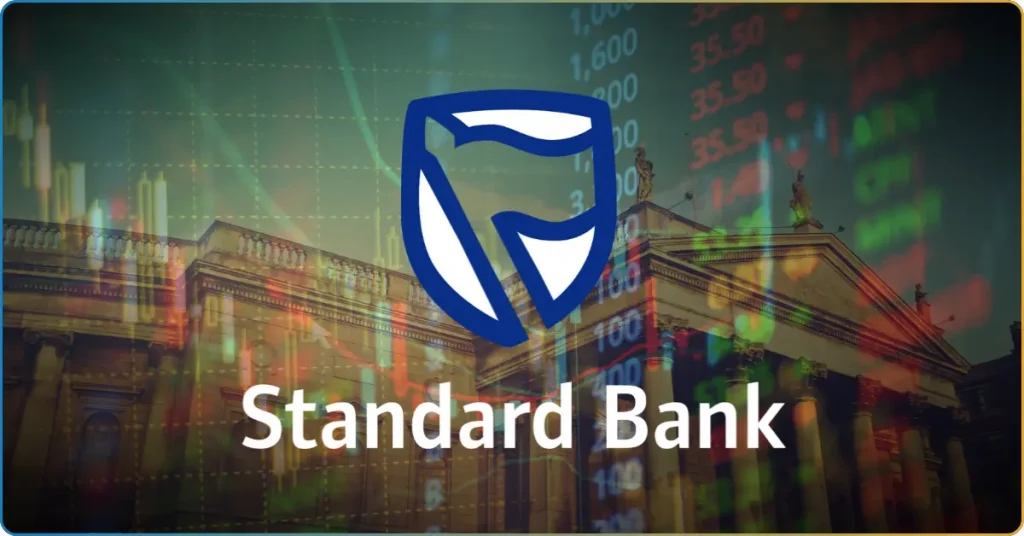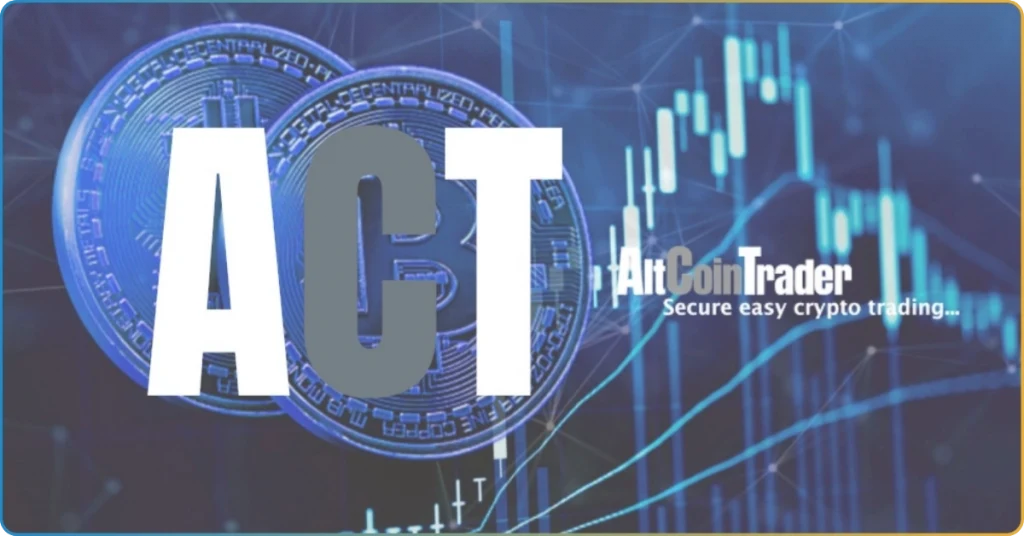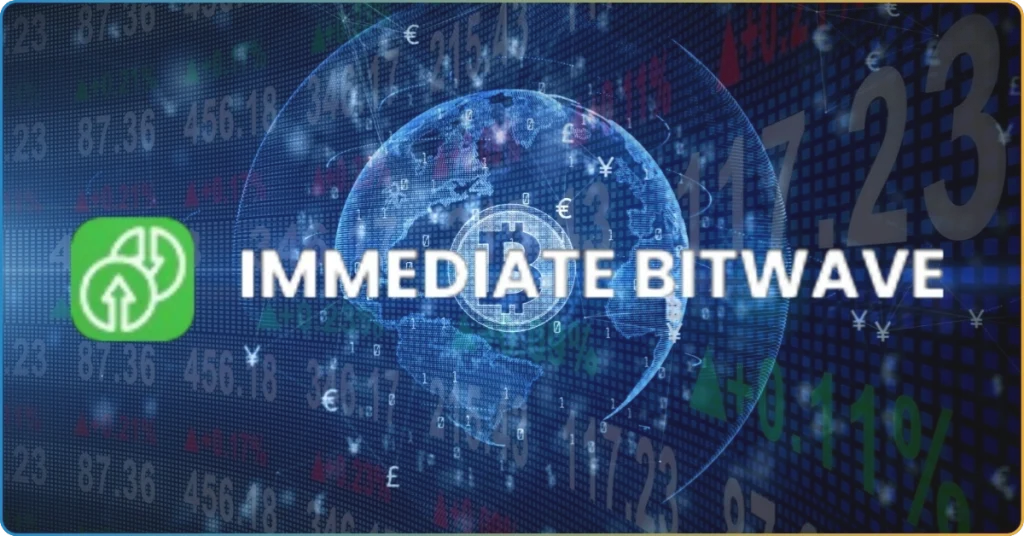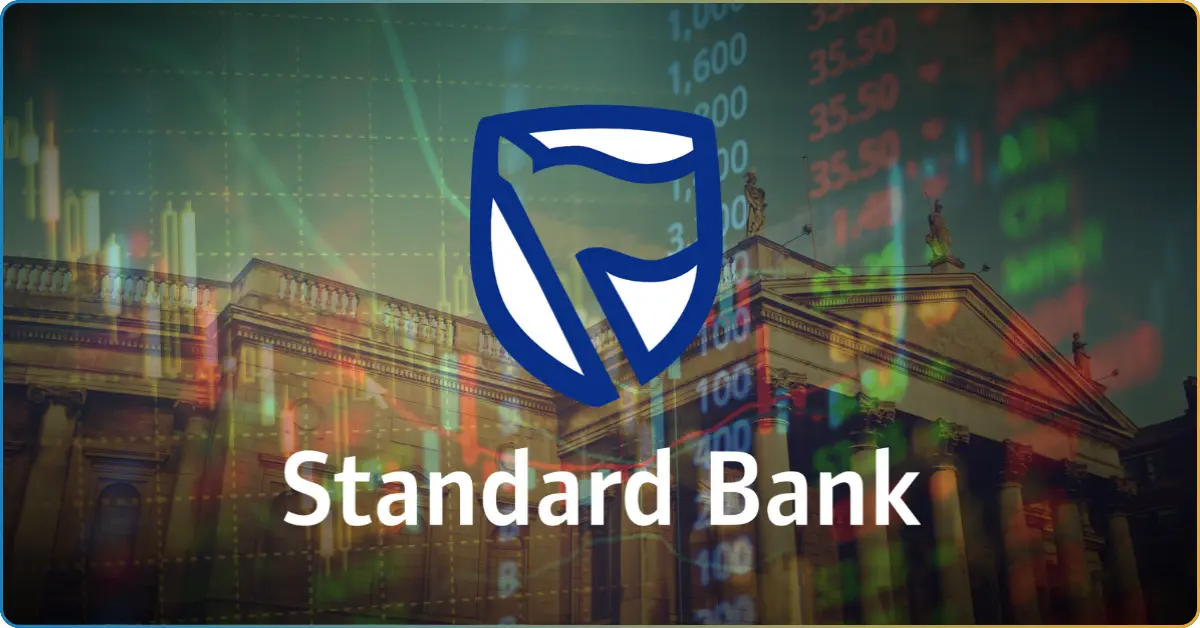The primary criticism the crypto market receives is the underlying cyberattack risk on cryptocurrency wallets.
Crypto wallets essentially store an investor’s cryptocurrency on a particular blockchain—safeguarded and controlled to ensure that a validator verifies all transactions.
However, cold and hot crypto wallets only require a single key to validate a blockchain transaction. This makes these storages vulnerable to cyberattacks from advanced and sophisticated hackers.
Enter the benefit of multisig (multisignature) cryptography protocols. When a wallet is supported by multisig technology, it increases the security of the coins as more than a single signature is required to validate the transaction. Even if the hacker bypasses one signature, they must exploit the remaining signatures to access the wallet.
In this TRU Insight, you’ll learn the basic functionalities and security benefits of a Multisig wallet.
What Is Multisignature Protocol?
The decentralized nature of cryptocurrency is a double-edged sword. While it ensures more efficient, cost-effective, and transparent Peer-to-Peer (P2P) transactions, it carries vulnerabilities to cyber threats.
The multisignature (multisig) protocol addresses the pressing issue of cybersecurity of your cryptocurrency stored in a crypto wallet.
As its name suggests, this protocol requires the system to undergo multiple authentications to validate and initiate a transaction. This ultimately limits, if not prevents, unauthorized transactions or dual spending.
Assume you store your Bitcoin, the largest cryptocurrency per market value, on a wallet requiring only one key or signature. When hackers access your wallet and key, they can immediately transfer or withdraw the coin.
However, if you use a multisig wallet, a hacker must undergo multiple platform manipulations to bypass the system and access your coins. If they exploit one of your wallet’s keys, there are lots more difficult processes they have to go through.
This lessens the possibility of losing your coins during wallet exploitation.
Types of Cryptocurrency Wallet
Cryptocurrency wallets are integral to safeguarding your crypto investments. Imagine this as your typical wallet, but it holds your digital currency instead of physical cash.
And, of course, crypto wallets are intangible. There’s no way to safeguard it yourself physically. This is why crypto wallets require private keys (like PIN) to lock your holdings in your wallet and ensure you have access to any type of account transaction.
Let’s look at the two basic types of crypto wallets a crypto exchange offers users to store and hold their coins.
Hot Wallet
Hot wallets, derived from their constant online status, are web3 software that relies on internet connectivity to facilitate any wallet transaction.
As it’s connected to the internet, all transactions (holding, sending, or receiving) are almost instantaneous.
However, as it remains connected to the internet, it exudes vulnerability to cyberattacks.
Cold Wallet
Cold wallet is the latter’s counterpart – it’s never connected to the internet.
This means your cryptocurrency and private keys are not accessible through the cloud as they are stored on hardware. Imagine your cryptocurrencies as images placed on a USD flash drive instead of Google Drive or iCloud.
When your cryptocurrency is not on the cloud, it eliminates the risk of online hacking and cyber theft as they need physical possession of your hardware wallet.
What Are the Most Secured Crypto Wallet: Is Cold Wallet Enough?
One might think that cold wallets are the most secure cryptocurrency wallet.
While it offers more security features than hot wallets, it can’t guarantee the utmost foolproofness and security. Cold wallets are tangible products that can be lost, stolen, or damaged.
Additionally, these pieces of hardware often utilize Bluetooth and other wireless connectivity for you to access the stored crypto. These can be left open, which could trigger unauthorized access to your holdings.
There’s no foolproof wallet. However, there are security features or protocols that the wallet developer can adapt to lessen the risk of fraud or theft.
Is Multisig Wallet Secure?
A wallet that’s supported by multisig protocol reduces the risk of investment ruin on the onslaught of a wallet exploit, both for cold and hot wallets.
As its name suggests, this protocol requires multiple signatures or private keys before initiating a crypto transfer (sending and receiving). This ultimately lessens, if not prevents, unauthorized transactions due to the layered validation protocol.
Here are the two benefits of using a crypto wallet that integrates a Mutlisig protocol.
Elimination of Key Person or Validator Risk
Multisig wallets require multiple key persons or validators to sign or verify the transaction’s validity before pushing through. This ultimately lessens, if not prevents, the possibility of dual spending or unauthorized transactions.
This is typically applied to companies with one point person to validate transactions. However, reliance on one person (or validator) is also all too common in the cryptocurrency scene.
On a typical crypto wallet, only one validator is needed to validate the transaction. When the wallet is bypassed, and your private key is accessed, the hacker can easily transfer or withdraw your holdings.
The risk of relying on a single validator is mitigated by integrating a multisig protocol.
Increased Transparency
The primary appeal of any blockchain-powered technology is the transparency it provides. As all transactions are available in the public ledger, anyone with access to the chain can verify whether a particular transaction pushes through or spots suspicious transactions.
This transparency significantly increased as multisig protocol made the codes that govern all wallet transactions an open source. The access to code allows users to assess and audit the wallet transaction to ensure that their funds remain safely stored in the wallet.
Top 3 MultiSig Crypto Wallets in 2025
While multisig protocols don’t guarantee ultimate wallet safety, they benefit crypto holders by exponentially increasing wallet security. Instead of relying on a single approver to push through the transaction, a multisig-powered wallet requires multiple signatures or private keys to authorize a wallet transaction.
Out of all 50 multisig crypto wallets we’ve tested and tried, here are three best multisig-powered wallets that provide security and user interface without compromising functionality.
Safe Wallet
Safe Wallet, formerly known as Gnosis Safe, does not charge any wallet fees. However, users must pay gas fees for transactions, which can vary depending on the blockchain network used.
Known for its robust security features, Safe Wallet requires multiple signatures to authorize transactions, ensuring your assets are well-protected.
Here are the key features of Safe Wallet:
| Feature | Benefit |
|---|---|
| Multi-Signature Support | Requires multiple signatures to authorize transactions, enhancing security. |
| Wide Network Compatibility | Supports 14+ EVM chains, including Ethereum, Avalanche, and Gnosis Chain. |
| Dapp Integration | Integrates with over 200 decentralized applications (dApps) for added convenience. |
| Hardware Wallet Compatibility | Works with popular hardware wallets like Ledger and Trezor. |
| User-Friendly Interface | It is designed for ease of use, making it suitable for individuals and teams. |
Sparrow Wallet
Sparrow Wallet is free, but users must pay network fees for transactions. These fees depend on the Bitcoin network’s current conditions
This wallet offers a user-friendly interface and advanced security measures. It supports multisig setups, making it a reliable choice for beginners and experienced users.
Notably, crypto wallet users prefer Sparrow Wallet due to the following features:
- Advanced Bitcoin Management: Supports full UTXO management and Partially Signed Bitcoin Transactions (PSBTs).
- Privacy Features: Offers tools like CoinJoin for enhanced privacy.
- Hardware Wallet Integration: Compatible with Ledger, Trezor, and Coldcard.
- Detailed Transaction Control: Provides comprehensive transaction control, including coin control and transaction metadata editing.
- Open-Source: Maintained by a community of developers, ensuring transparency and continuous improvement.
TotalSig
TotalSig boasts lower network fees than other wallets, claiming up to 20 times less in network fees for multisig transactions. There are no additional wallet fees.
TotalSig stands out for its comprehensive security protocols and ease of use. It allows for customizable multisig configurations, providing flexibility and enhanced protection for crypto assets.
Here are the key features of this multisig-powered crypto wallet.
- Multi-Chain Support: Works on multiple blockchains, including Bitcoin, Ethereum, Tron, and Binance Smart Chain.
- MPC Protocol: Utilizes Multi-Party Computation (MPC) for secure transaction signing without exposing private keys.
- Low Network Fees: Claims up to 20 times less in network fees for multisig transactions.
- User-Friendly: Easy to set up and use, suitable for personal and corporate use.
- Web3 Integration: Seamlessly interacts with Web3 applications and resources.

















